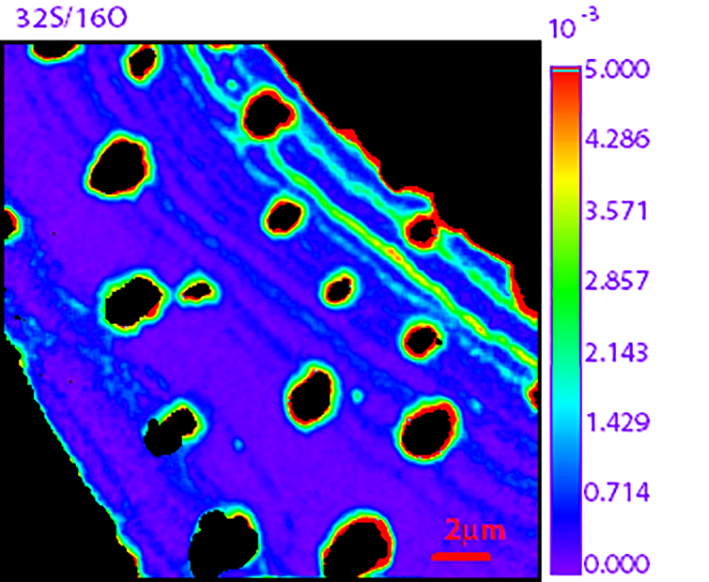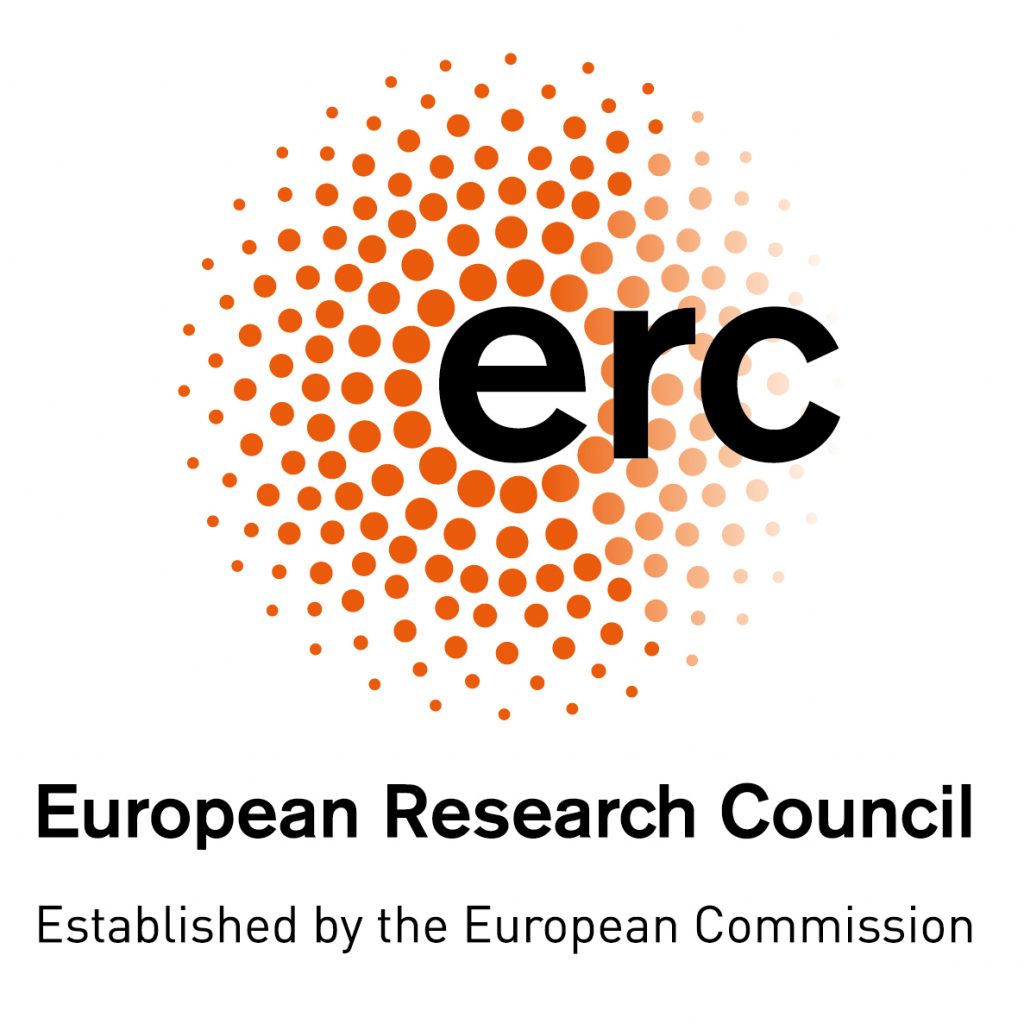
Diagenesis of biogenic carbonates: A NanoSIMS-based approach
As we are coming to accept that biogenic carbonates are susceptible to isotopic exchange with calcite-saturated fluids after burial in the sediment column (Gorski and Fantle, 2017; Bernard et al., 2017; Chanda et al., 2019), it becomes important to understand the mechanisms by which fluids penetrate and isotopically reset foraminiferal calcite as used in paleoclimate reconstructions.
Autoclave experiments utilizing isotope and trace element tracers, such as 18O, 44Ca and Mn, with a suite of different biogenic carbonates allows for visualization with the NanoSIMS to study their species-dependent susceptibility to diagenesis. By combining the use of natural forams collected from modern sediment and lab-cultured forams with elevated trace-element compositions, as well as correlating changes to geochemistry and ultrastructure, this study aims for a comprehensive understand of how diagenesis proceeds in biogenic carbonates. This will aid towards establishing or questioning the fidelity of isotopic and elemental proxy archives.
This project has received funding from the European Research Council (ERC) under the European Union’s Advanced Grant (AdG), PE10, ERC-2017-ADG (Grant agreement No. 788752).
Bernard, S., Daval, D., Ackerer, P., Pont, S., Meibom, A., 2017. Burial-induced oxygen- isotope re-equilibration of fossil foraminifera explains ocean paleotemperature paradoxes. Nat. Commun. 8, 1–10.
Gorski, C.A., Fantle, M.S., 2017. Stable mineral recrystallization in low temperature aqueous systems: a critical review. Geochim. Cosmochim. Acta 198, 439–465
Chanda, P., Gorski, C.A., Oakes, R.L., Fantle, M.S., 2019. Low temperature stable recrystallization of foraminifera tests and implications for the fidelity of geochemical proxies. Earth Planet. Sci. Lett. 506, 428–440.

